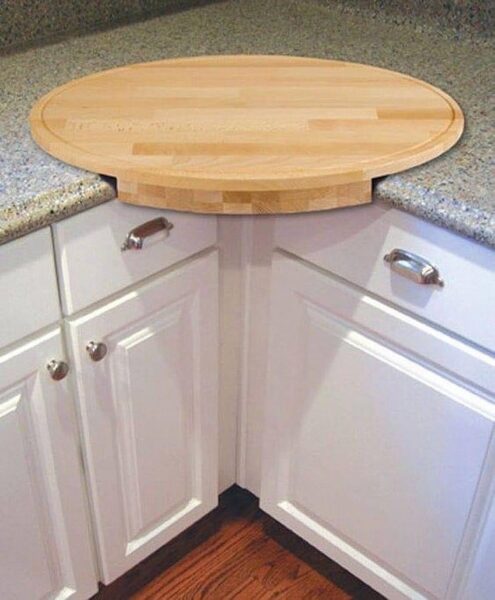Have you ever wondered why the size of 2×4 lumber seems to have gotten smaller over the years? If you’ve noticed the change and are curious about the reasons behind it, you’re not alone. In this article, we’ll explore the intriguing evolution of 2×4 lumber sizes and delve into the factors that have contributed to their gradual shrinkage over time.

Historical Background: To understand the phenomenon of shrinking 2×4 lumber, we must first delve into the historical context. Back in the day, when trees were harvested and processed into lumber, they were rough-cut and had a significant moisture content. As the lumber went through the drying and treatment process, it naturally shrank, resulting in smaller finished dimensions.
Industry Standards and Modern Practices: As the construction industry evolved and standardized practices were established, adjustments to lumber sizes became necessary. The dimensions of 2×4 lumber were revised to reflect the “nominal” size, which refers to the size before further processing and drying. The current nominal size of a 2×4 is approximately 1.5 inches by 3.5 inches.
Market Demand and Cost Efficiency: Another key factor influencing the shrinking size of 2×4 lumber is market demand and cost considerations. Smaller dimensions allow for more efficient utilization of raw materials and reduce waste during manufacturing. Additionally, smaller lumber sizes are often lighter and easier to handle, making them more cost-effective in terms of transportation and installation.
Environmental Sustainability: In recent years, there has been a growing emphasis on environmental sustainability and responsible forestry practices. The use of smaller lumber sizes helps maximize the yield from each harvested tree, reducing the overall impact on forests. By optimizing resource utilization and minimizing waste, the construction industry contributes to a more sustainable approach to lumber production.
Standardization and Building Code Compliance: Lumber sizes are also influenced by standardization efforts and building code requirements. These regulations ensure structural integrity and safety in construction projects. By adhering to standardized dimensions, builders can follow established guidelines and ensure consistency and compatibility across different projects.
The gradual shrinkage of 2×4 lumber sizes can be attributed to a combination of factors, including historical practices, industry standards, market demands, cost efficiency, environmental sustainability, and building code compliance. While the dimensions may have changed, it’s important to recognize that the revised sizes have become the norm in the construction industry. By understanding the reasons behind the evolution of lumber sizes, builders, contractors, and DIY enthusiasts can adapt to these changes and make informed decisions in their projects.
As an Amazon Associate we earn from qualifying purchases through some links in our articles.




